Creating social value during construction
Kate Brown, Community Liaison Manager
A positive impact
Keeping the electricity grid stable is incredibly important, but most people never think about how it happens, and our aim is that you shouldn’t have to. At Statkraft, we develop clever solutions, which we call Greener Grid Parks, using infrastructure at strategic locations across Great Britain, to help make our electricity network resilient and fit for the future.
We have two projects up and running already and we’ve got others in development and under construction. Keeping the lights on is their main purpose, but at Statkraft we’re determined these projects can have a positive impact for our neighbours in the nearby community as well. Our Neilston Greener Grid Park (GGP) is an example of how we can be better developers, and make sure we’re adding value locally, as well as nationally.
"Social value means that our projects can have a positive impact on the wider local community”
Learning about our neighbours
We are proud to deliver a Community Benefit Fund alongside all our Greener Grid Parks, starting during construction and in place for the lifetime of the project. Ours is particularly unique, in that it’s designed for community projects that address carbon reduction and help with progress towards net zero.
Neilston is personal to me, because it’s the closest site to our Glasgow headquarters, and our first battery scheme to be built. It’s also a project I’ve worked on since I started at Statkraft and being able to see it through, from start to finish is relatively unique, in an industry where it can take a decade to see some projects built.
As a Community Liaison Manager, I’m the person on the ground at our exhibitions, meeting local people and interested groups, who want to learn more about our proposals to build new wind and solar farms, or grid stability projects. That means at an early stage, I can start to build up a good picture of who our neighbours are, and have those first conversations about potentially working together in the future.
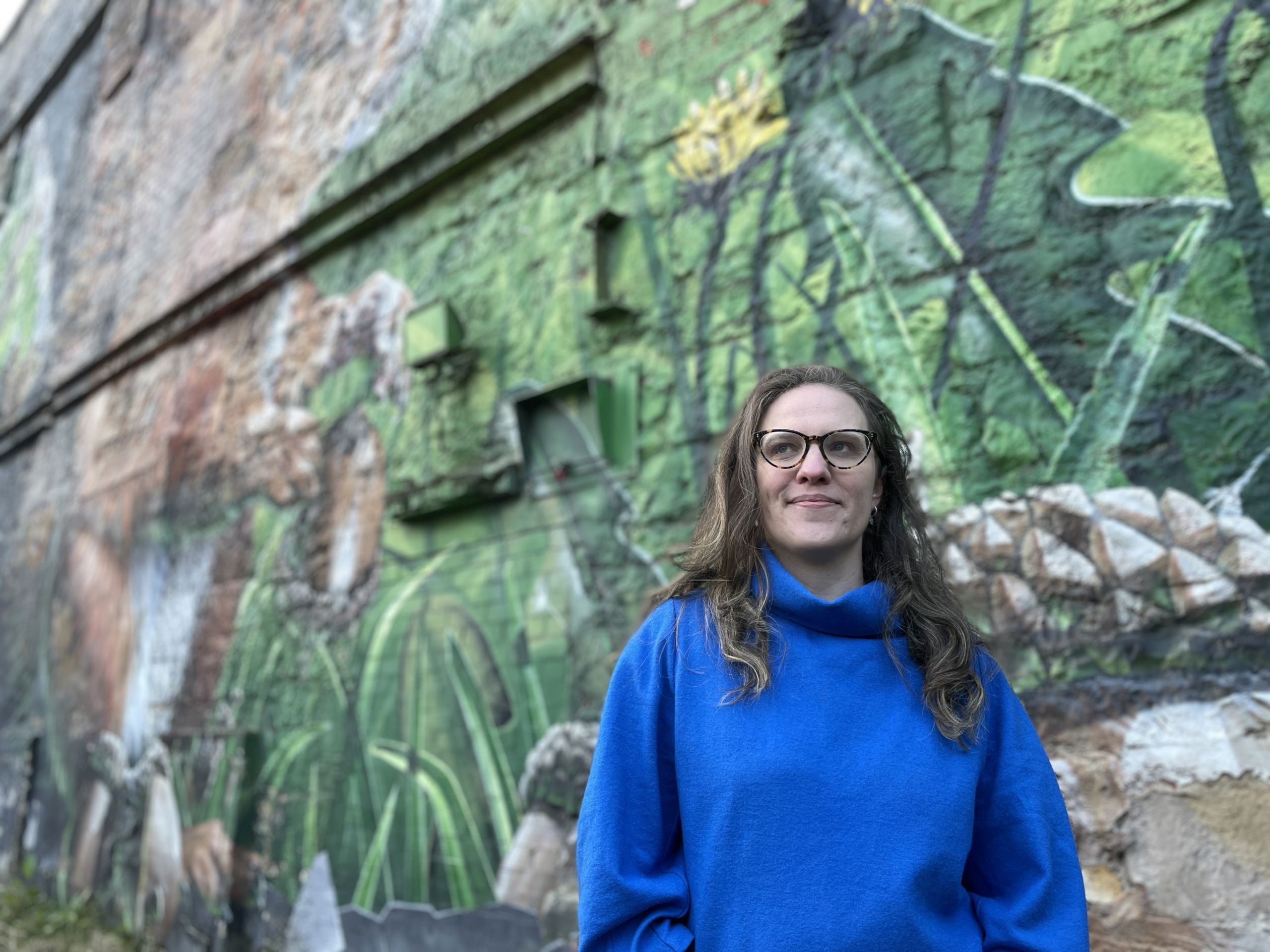
“Bringing social value is something I’m passionate about”
Lapwing Lodge
Neilston GGP began during Covid, so our initial conversations took place online. When we returned there in 2024, with proposals to expand the scheme, I was pleased to be able to strengthen my connections with the local community. And that’s how I met Hilary Graham from Lapwing Lodge, a nearby outdoor centre that has been used by Scouts for decades.
Originally built in 1911 as a ‘fresh air’ hospital, Lapwing Lodge was a place where textile workers came to recover from ‘cotton lung’, a condition caused by breathing in textile fibres. The Scouts started using the site in the early 1950s, when it was still being run as a hospital.
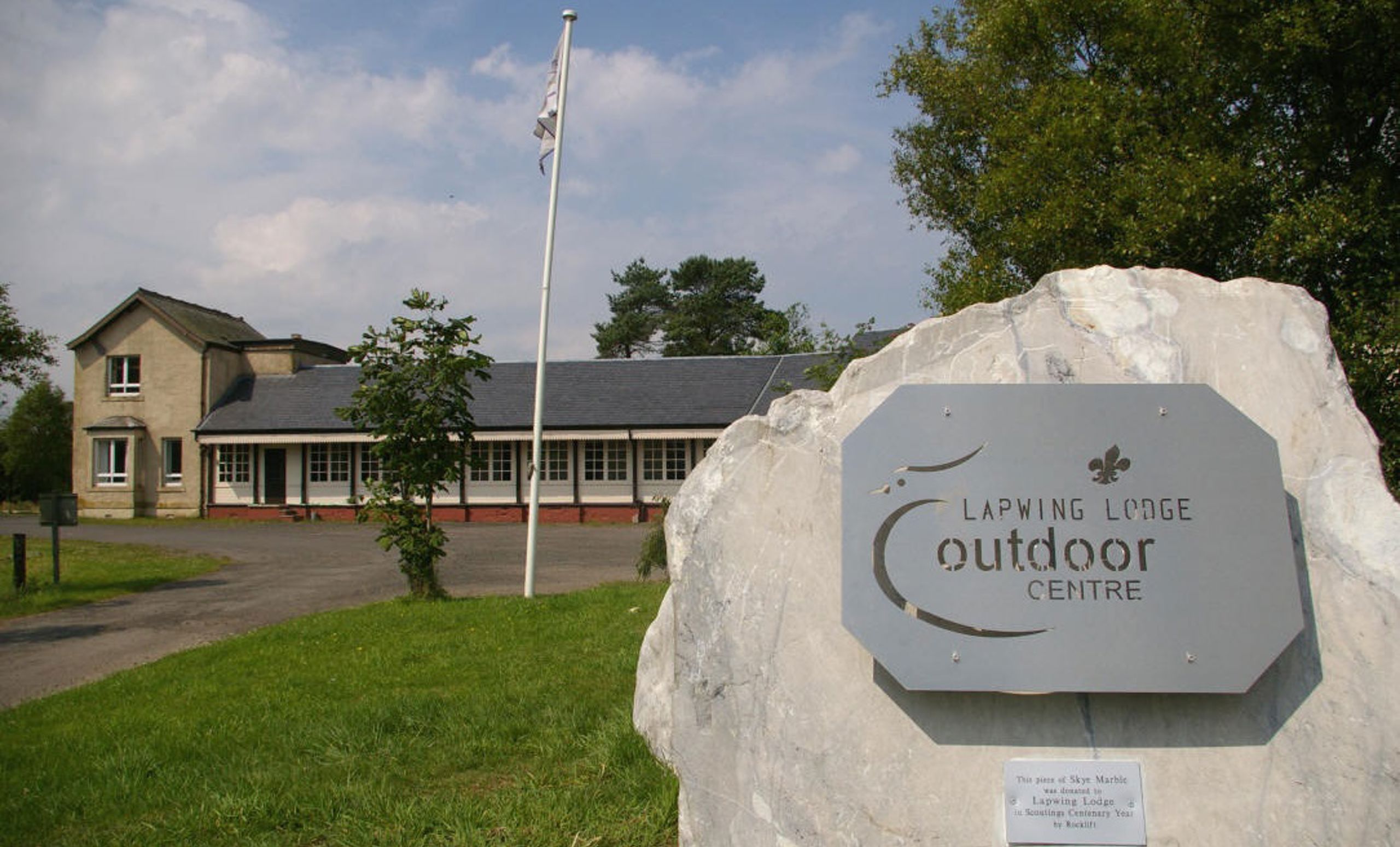
“Much of the building is the same as it was over 100 years ago and is in desperate need of upgrading”
Lasting difference
Hilary came along to our exhibition in early 2024, to find out whether the development would affect their 24-acre site, and she was particularly interested in the focus of the Community Benefit Fund on energy efficiency and carbon reduction, something that has become more and more important to the ethos of Scouting in recent years.
When applications to the first round of funding opened, Hilary had an application ready to go. The independent fund panel voted to award £16,010 to Lapwing Lodge, meaning that the first part of their four-stage insulation project and renewal of the front of the building can take place. This is something that will make an immediate and lasting difference to those who visit and stay there.
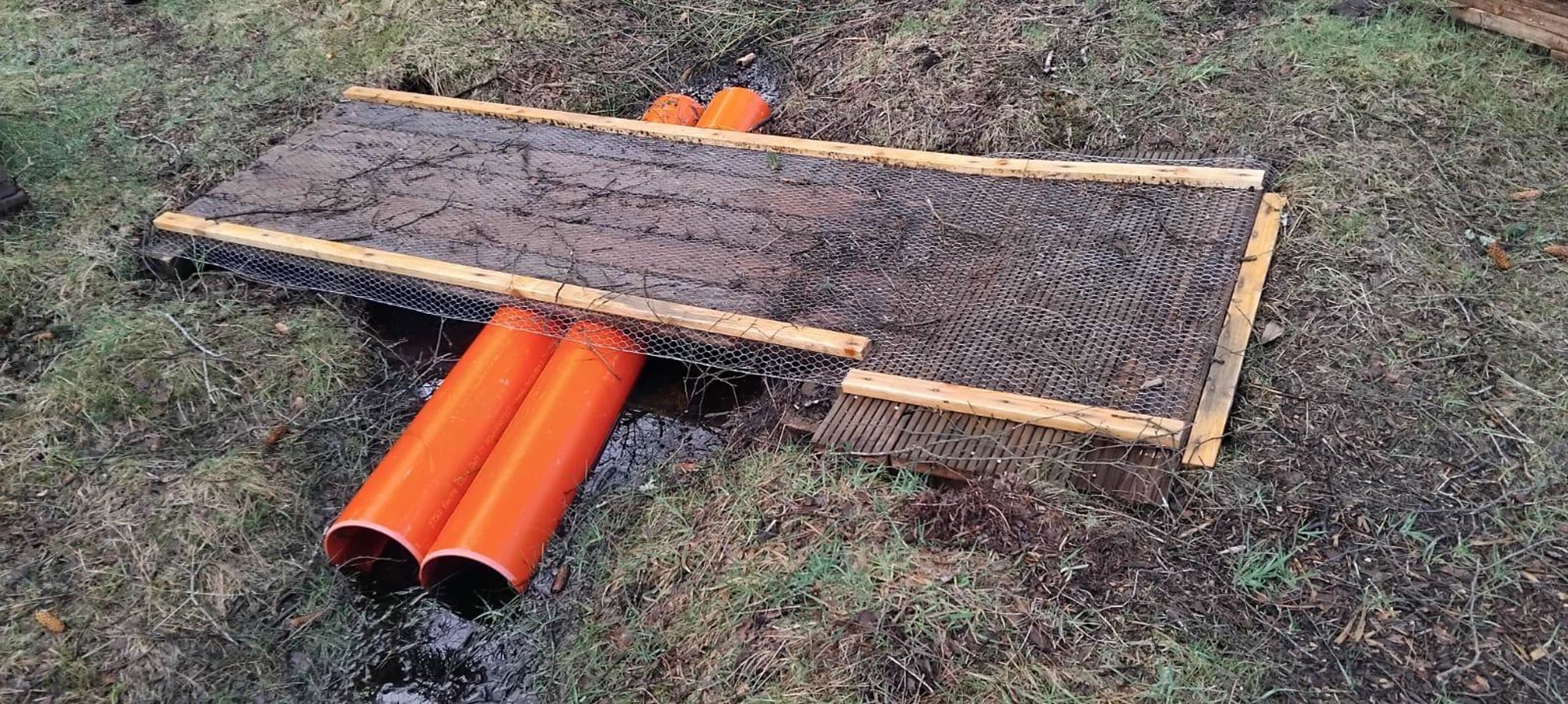
“Other initiatives and actions can also have a huge benefit”
Simple ideas
On every project we challenge ourselves and our contractors to use local suppliers. As work on the site has progressed, I’ve also been working closely with our own Statkraft construction team and H&MV, who are our main contractor, to see if there’s a way to reuse some of the waste materials in the local area.
That’s why Lapwing Lodge now has off-cuts of piping built into their cycle paths, to help with drainage, and wood from huge packing cases has been used to construct an extension to their canoe shed. These are simple ideas that will have a long-lasting impact.
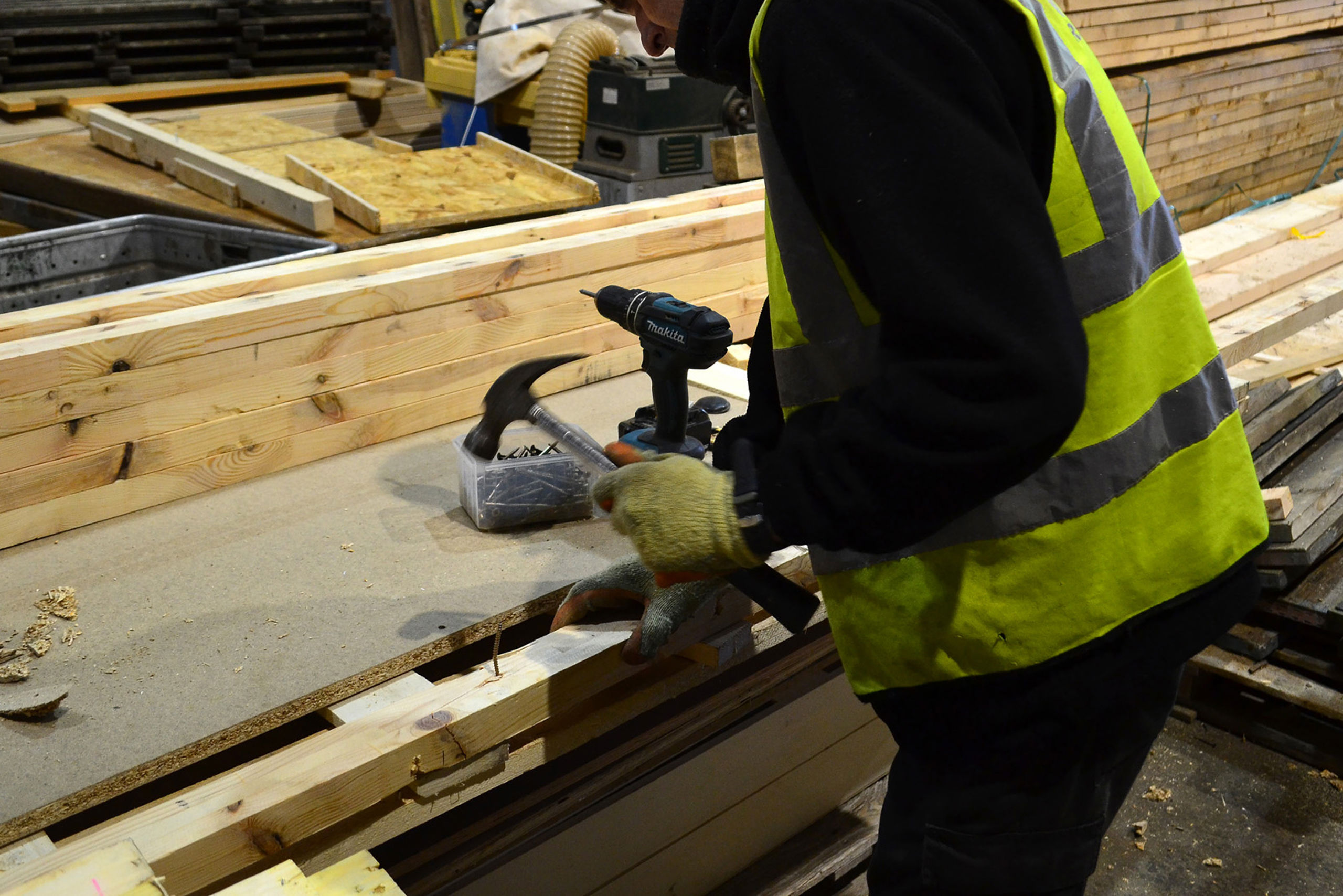
“Glasgow Wood is a charity and social enterprise, who has also received some of the waste wood from Neilston GGP”
A meaningful legacy
Their mission is to reuse timber, and repurpose it into high-quality furniture and accessories, and also provide training opportunities as a solution for unemployment and social exclusion. I visited, and met some of their employees and was inspired by their work. Our Glasgow headquarters is now the proud owner of a wooden planter from Glasgow Wood, a reminder every day that we can make a greater impact, through connections and conversations with some of the innovative organisations near our sites.
There is always more to be done, but I think our work at Neilston shows that we’re on the right track, and as we continue to develop projects across a range of renewable energy technologies, we will find more and more opportunities to bring as much value as we can, and leave behind a meaningful and lasting legacy.
Explore more of our stories
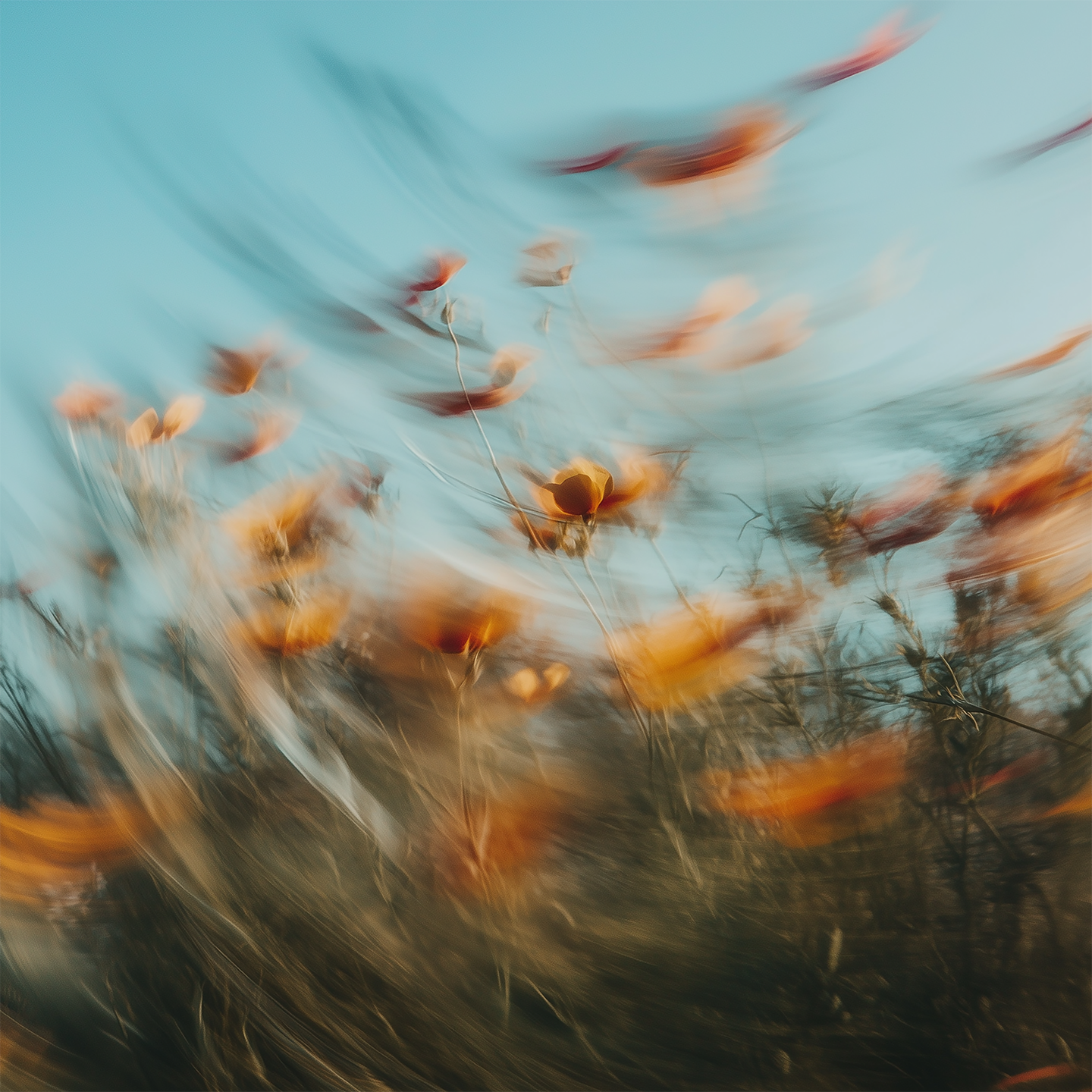
Statkraft Stories
It’s our people and projects that renew the way the world is powered.

Statkraft’s commitment to being a good neighbour
Statkraft place a huge importance on being a good neighbour, and our community benefit funds are one way in which we can do this.

Supporting green jobs in rural Wales
Statkraft’s Rheidol hydropower scheme, around eight miles from Aberystwyth, is a place with a lot of history. We’ve been generating clean electricity from the water here since the 1960s.